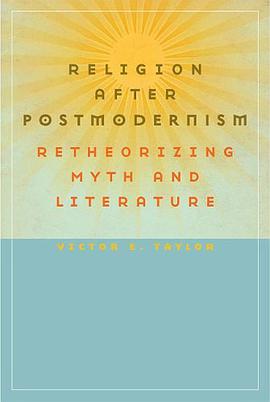

具體描述
Papermaking was invented in China, probably some 2,000 years ago. Early paper decoration techniques were also developed in both China and Japan. The marbling technique was known in these two countries as early as the 12th century AD. During the 16th century, it was popular in Persia and Turkey, and from there, knowledge of marbling spread to western Europe. In the 17th19th centuries, there was substantial marbled paper production in Germany, France, Italy, Holland and England. For paper marbling, a large receptacle is filled with a gelatinous substance, and drops of watercolour dye are floated on top. The colour is then spread with a brush, comb or other tool to produce the desired effect. A sheet of paper is then placed on the floating dye, leaving a mirror image of the design on the paper. Common styles include comb marbling, ‘French curl’ marbling and stone marbling; examples of these and other styles can all be found in MARBLED PAPER DESIGN. A variation on marbled paper is paste paper. In this technique, a layer of starch is applied to blank paper, and paint is added on top of it. The design is produced by manipulating the paint with a brush or scraper, or with the help of stamps or rollers. JAPANESE PAPERS includes an extensive and rare selection of such designs. This book also contains stunning examples of other Japanese paper decoration techniques, such as block printing and the application of design during the actual papermaking process.
著者簡介
圖書目錄
讀後感
評分
評分
評分
評分
用戶評價
相關圖書
本站所有內容均為互聯網搜索引擎提供的公開搜索信息,本站不存儲任何數據與內容,任何內容與數據均與本站無關,如有需要請聯繫相關搜索引擎包括但不限於百度,google,bing,sogou 等
© 2025 book.quotespace.org All Rights Reserved. 小美書屋 版权所有




















